Moving Day Temperature Protection: Why It Matters
Moving day presents unique challenges when it comes to protecting your temperature-sensitive belongings. From expensive electronics to essential medications and personal care items, many of our most valuable possessions require special attention to temperature control during transitions. This comprehensive guide will help you safeguard these items throughout your move.
Electronics: Your Priority Protection List
Modern homes are filled with temperature-sensitive electronics that require careful handling during moves, especially in extreme weather conditions. Key items to protect include:
- Laptops and tablets
- Gaming consoles and equipment
- Smart home devices
- High-end audio equipment
- Television and computer monitors
Personal Care Items: Temperature Matters
Many personal care products and medications can be compromised by temperature fluctuations. Pay special attention to:
- Prescription medications
- Skincare products and cosmetics
- Essential oils and aromatherapy items
- Natural and organic products
- Temperature-sensitive supplements
Smart Packing Strategies for Temperature Control
Follow these expert tips to maintain optimal temperatures during your move:
- Use climate-controlled storage units for temporary holding
- Pack items in insulated containers or cooling bags
- Transport sensitive items in your air-conditioned vehicle
- Plan moves during moderate temperature times of day
- Use temperature monitoring devices for valuable electronics
Creating a Temperature-Safe Moving Timeline
Timing is crucial when moving temperature-sensitive items. Consider this schedule:
- Early Morning: Pack and move most temperature-sensitive electronics
- Mid-Morning: Transport items requiring climate control
- Afternoon: Move less sensitive items
- Evening: Set up cooling systems in new location
Climate-Controlled Storage: Your Safety Net
When direct moves aren’t possible, climate-controlled storage units offer the perfect solution. These units provide:
- Consistent temperature control
- Protection from extreme weather
- Humidity management
- Safe temporary housing for sensitive items
- Peace of mind during extended moves
Signs of Temperature Damage to Watch For
Be alert for these indicators that your items may have been exposed to harmful temperatures:
- Condensation on electronic devices
- Changed consistency in personal care products
- Unusual odors from stored items
- Discoloration or separation in products
- Electronic malfunctions after moving
Professional Protection: When to Seek Help
Consider professional moving services when dealing with:
- High-value electronics collections
- Medical equipment requiring precise temperature control
- Large quantities of temperature-sensitive items
- Moves during extreme weather conditions
Final Temperature-Control Checklist
Before your move, ensure you have:
- Identified all temperature-sensitive items
- Acquired appropriate insulated packaging
- Researched climate-controlled storage options
- Planned your moving day timeline
- Prepared backup plans for extreme weather
After the Move: Setting Up Temperature Control
Once you’ve arrived at your new location:
- Establish climate control immediately
- Unpack temperature-sensitive items first
- Monitor items for 24-48 hours
- Test all electronic devices carefully
- Document any concerns for insurance purposes
By following these guidelines, you can ensure your valuable electronics and personal care items remain safe and functional throughout your move. Remember, investing in proper temperature control during moving day can save thousands in potential damage to your sensitive belongings.


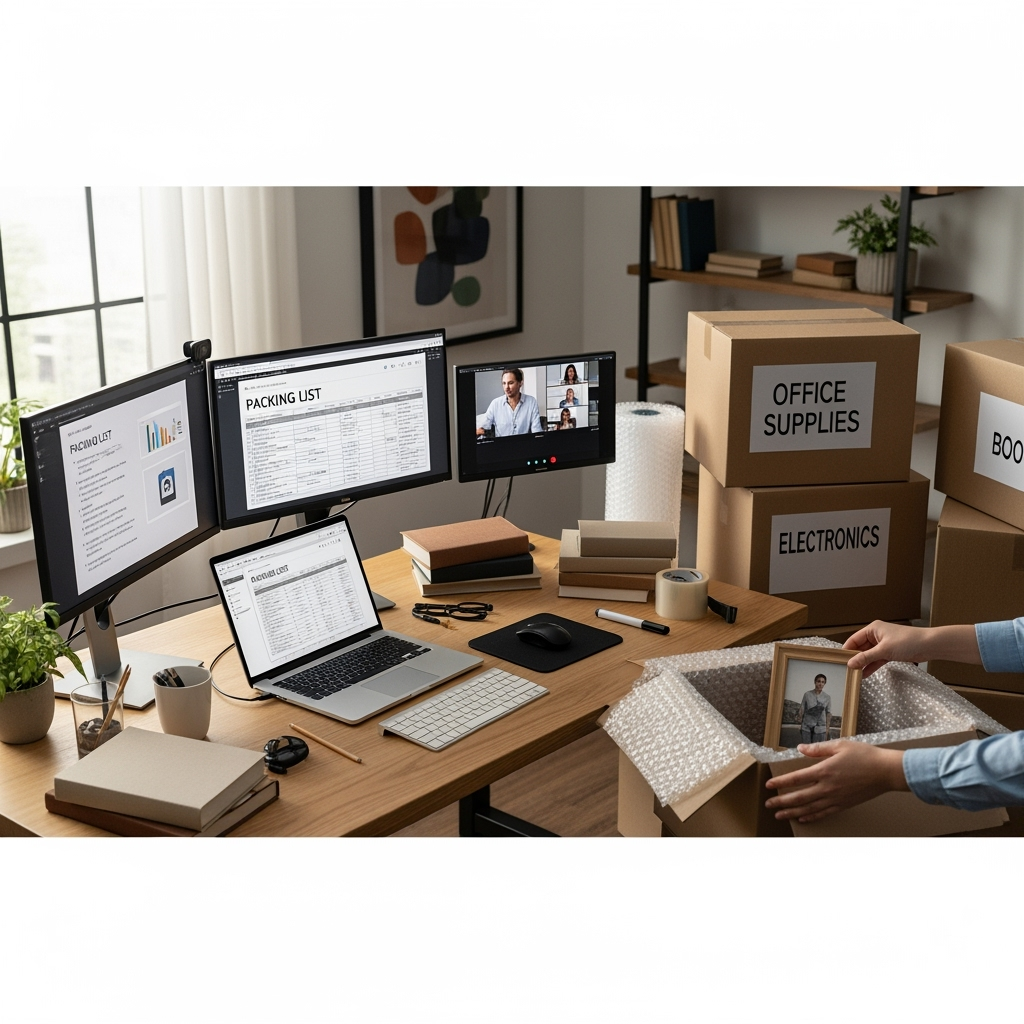


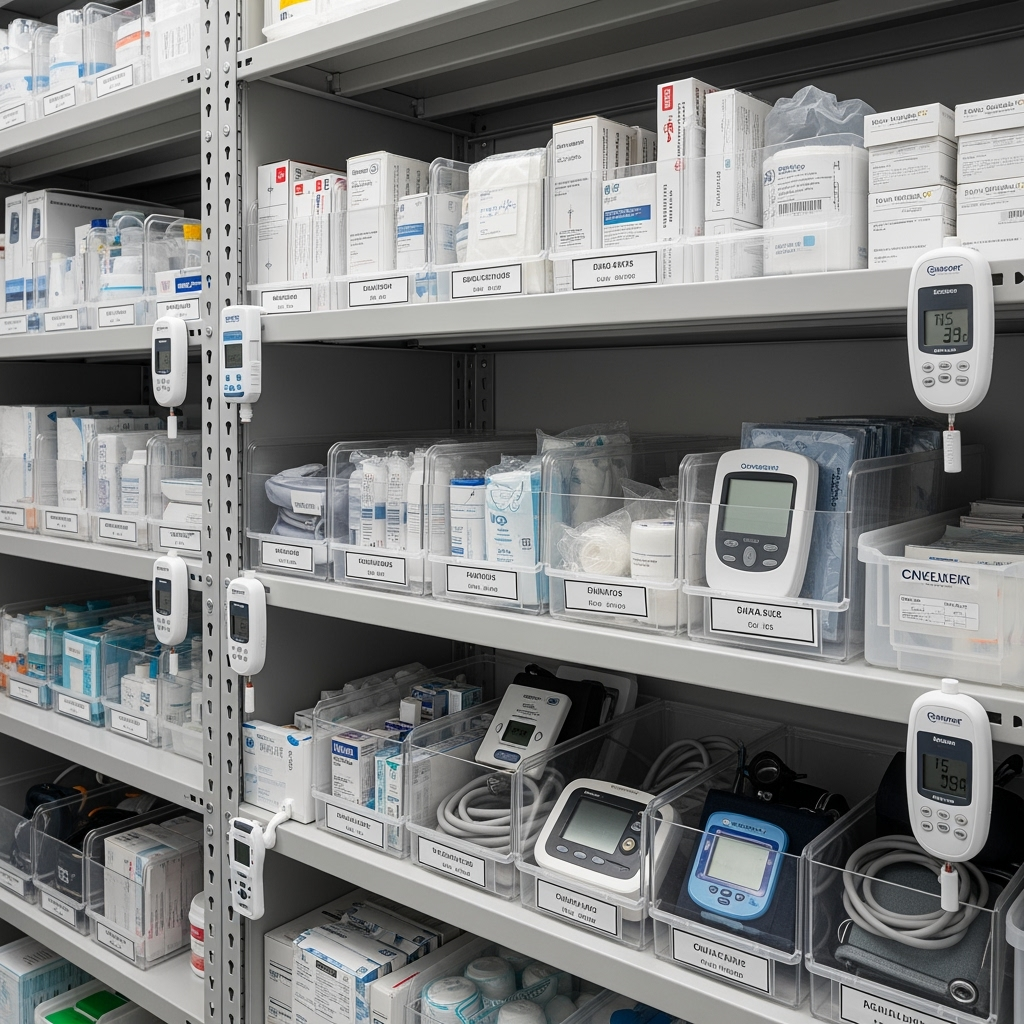
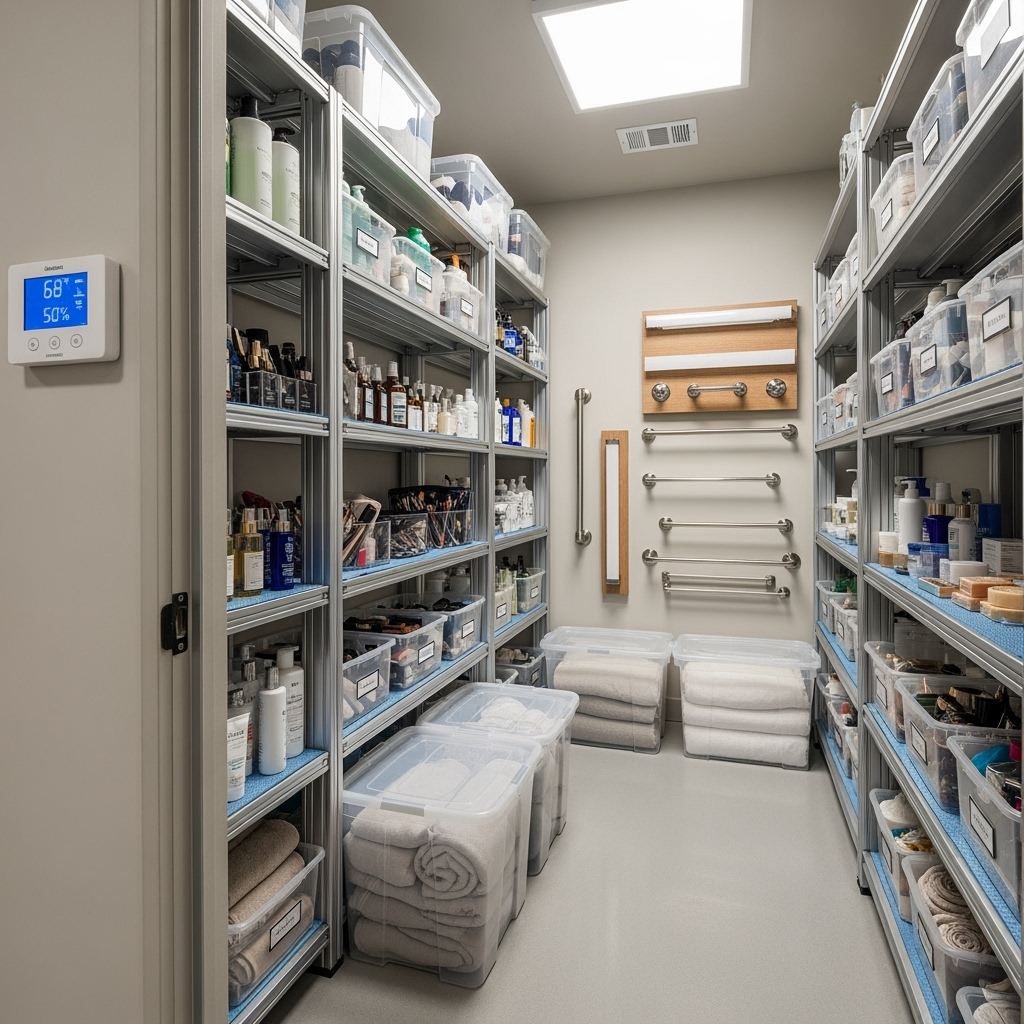
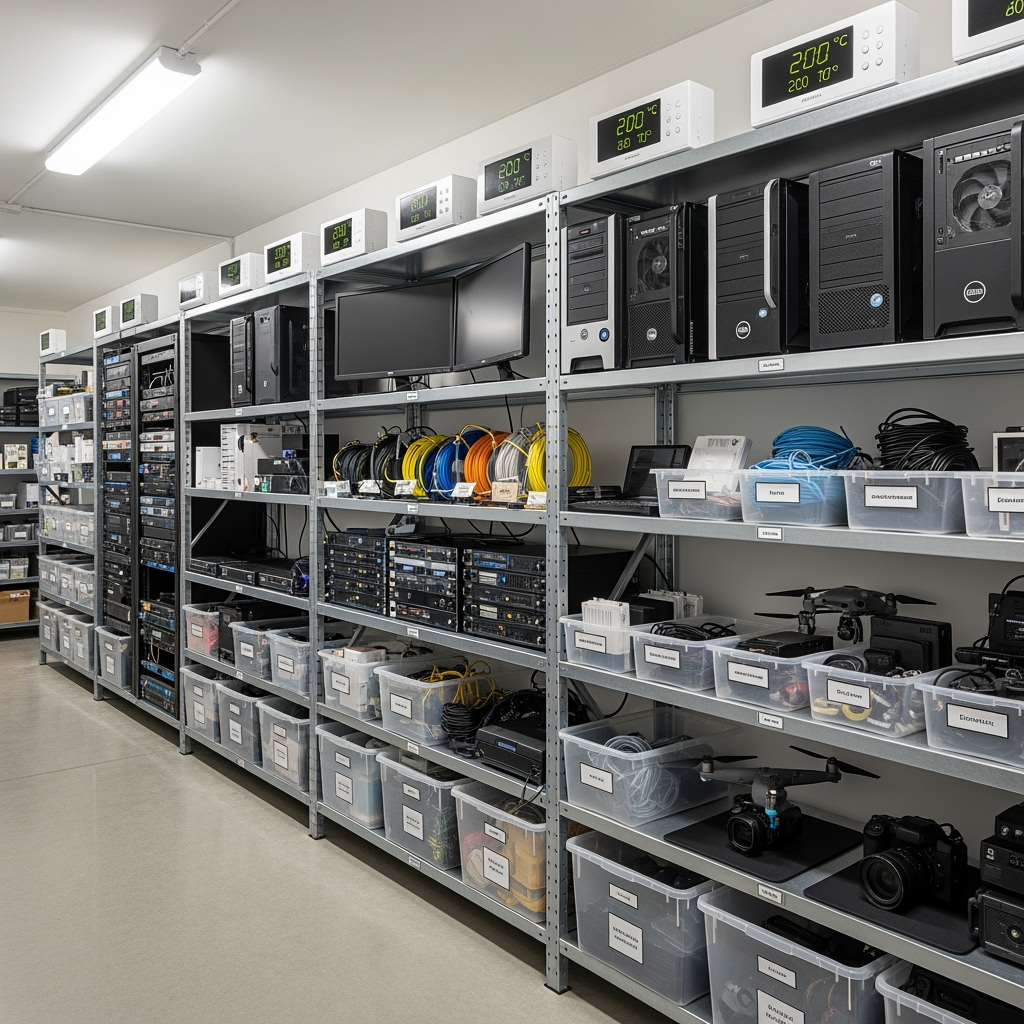
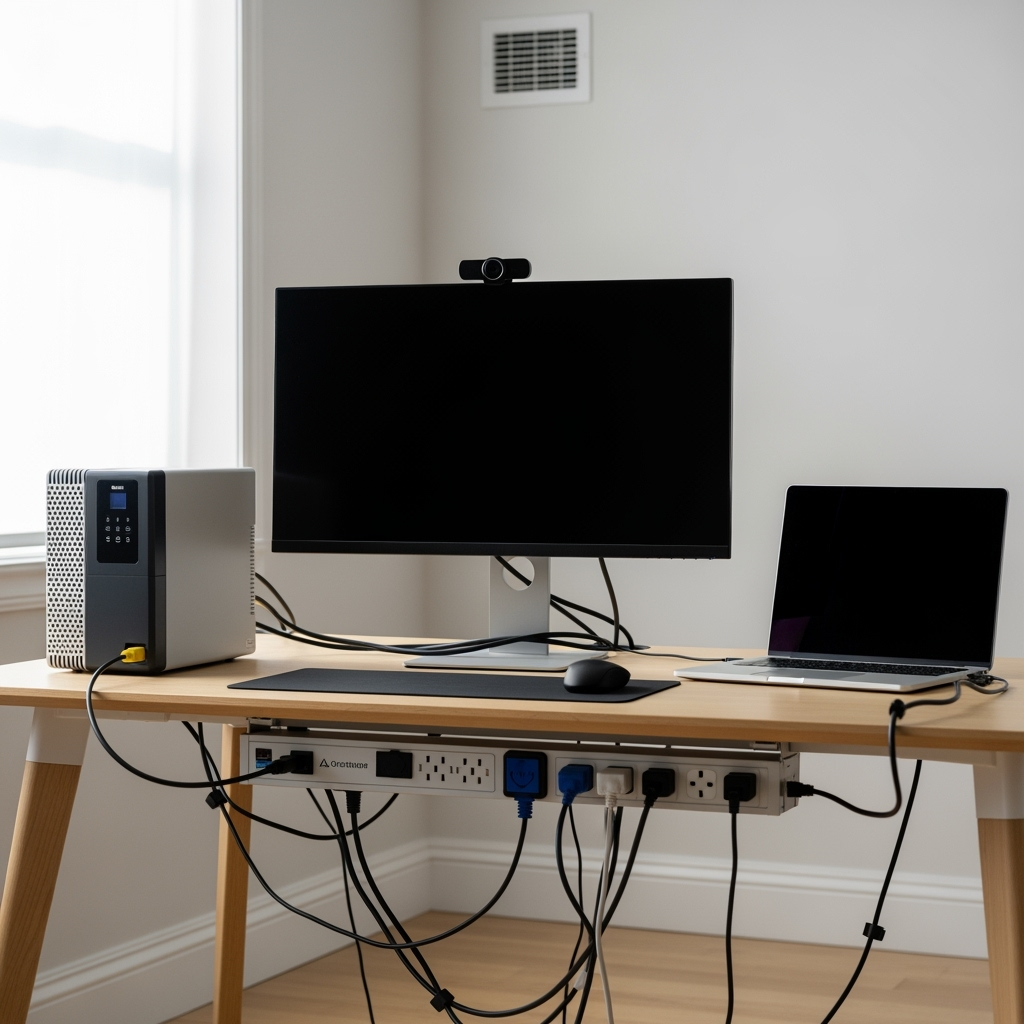
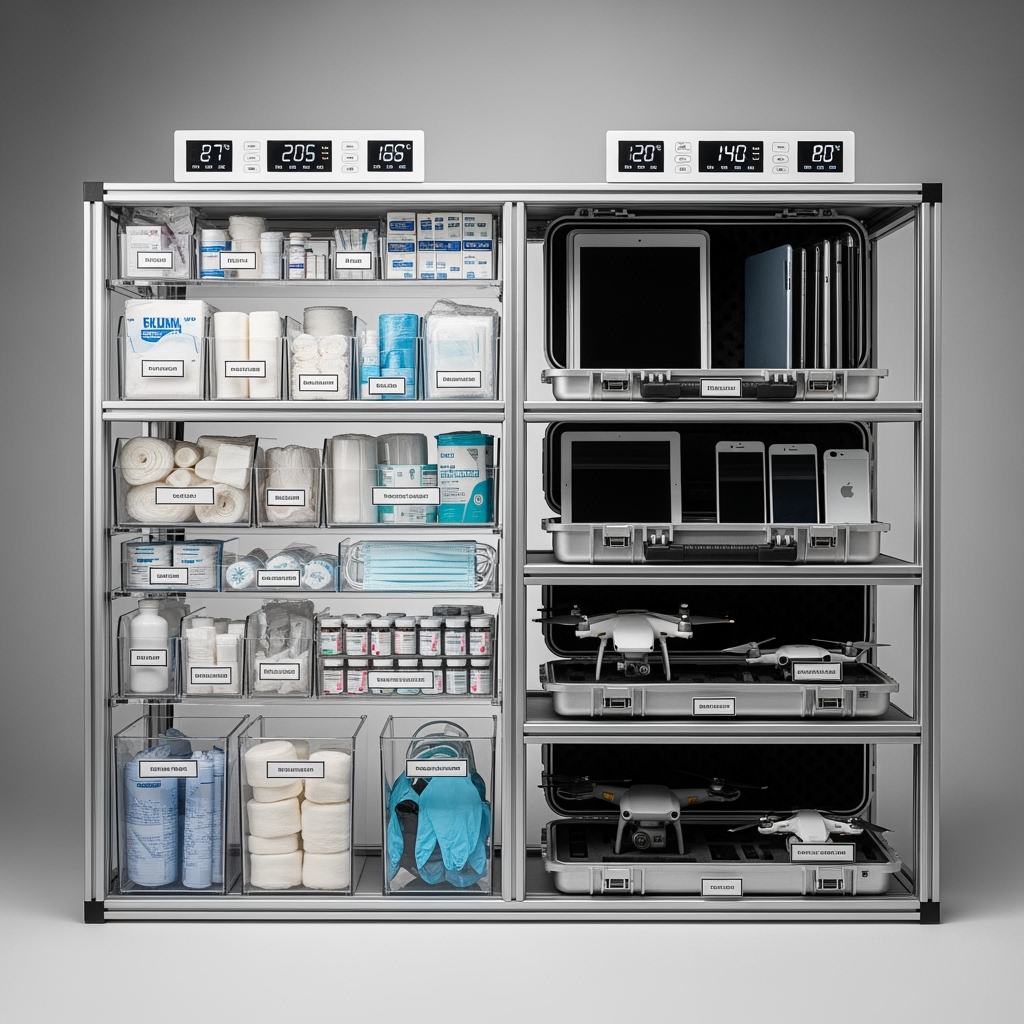
Leave a Reply